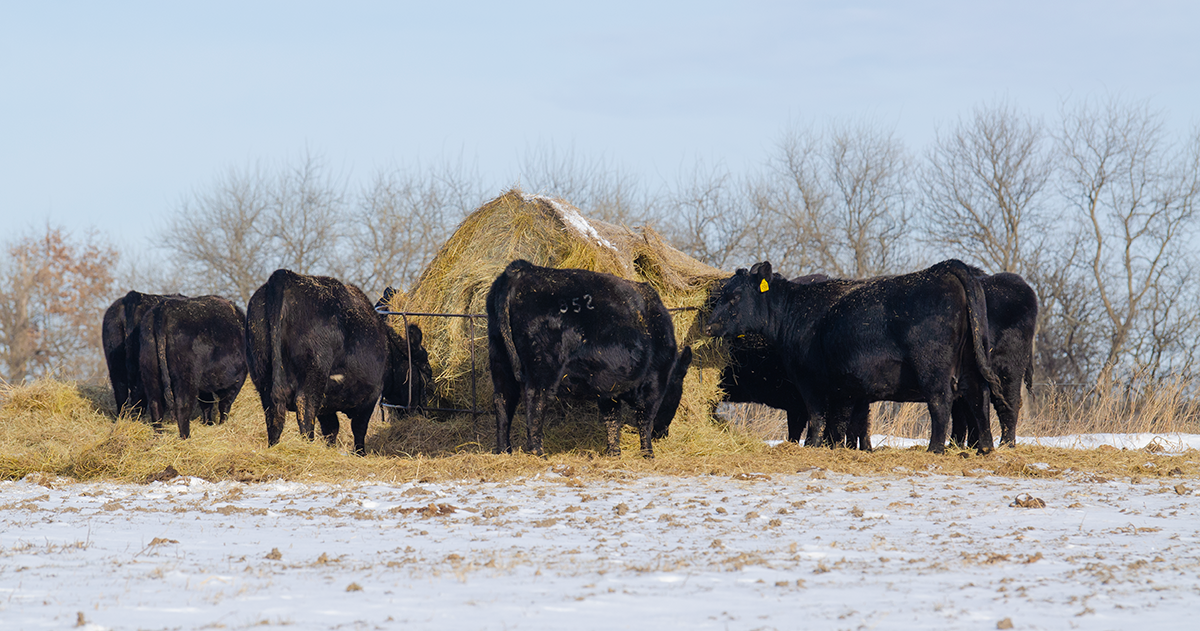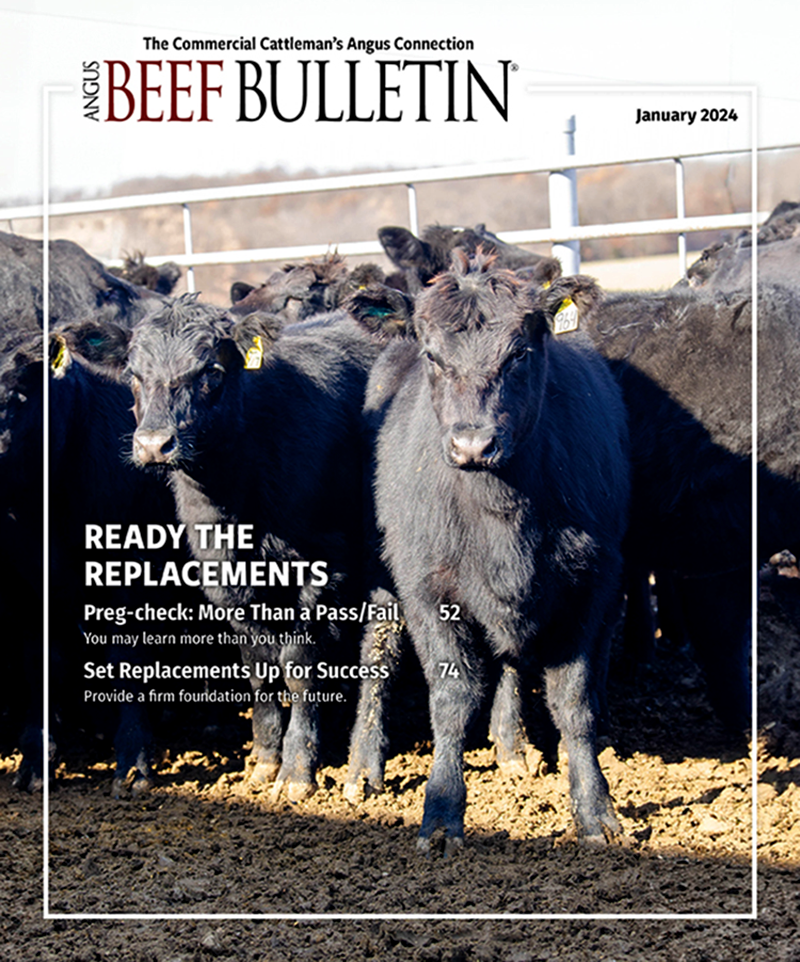Are Your Cows Running Out of Vitamin A?
Months from green grass, stores in the liver may be running low.
Vitamin A is crucial to the immune system and healthy epithelial tissues (skin, digestive tract lining — all internal and external surfaces of the body). Beta-carotene, the precursor to vitamin A, is plentiful in green forages, so cattle are never short if they graze green pasture during summer. After a drought, however, cows might be short on this important nutrient.
Proper Vaccination Increases Calf Welfare and Value
Value differences stem from lower treatment costs and increased performance.
In beef calf preconditioning programs, the importance of vaccinations to minimize respiratory illness related to bovine respiratory disease cannot be overstated. The Oklahoma Quality Beef Network Vac-45 program mandates calves receive two vaccinations against respiratory pathogens, with at least one being a modified-live-virus vaccine.
Adding Purchased Bred Heifers to the Herd
Select heifers that are likely to calve early, say K-State cattle experts.
As families and friends gather around the holiday table, sometimes they part ways taking home more than leftovers. They also bring home germs that lead to sickness.
In much the same way, sickness can spread when cattle originating from different operations commingle too soon, say Kansas State University beef cattle experts on a recent Cattle Chat podcast.
January 10, 2024 | Vol. 16 : No. 1—A
What are Alternative Feedstuffs for Cattle?
K-State extension beef specialist shares tips to feed cattle more sustainably.
The term “alternative feedstuffs” can mean a lot of different things, but in feeding cattle, it includes edibles not commonly found in the feedbunk. Kansas State University (K-State) Research and Extension beef specialist Justin Waggoner uses soybean hay as an example.
Asking the Right Cattle Nutrition Questions
Information producers need to know about cattle nutrition, but may not have asked.
There are a lot of details in cattle nutrition. If someone asked you about dry-matter intake, could you explain it? How about the differences between concentrations and amounts? In an episode of the Angus at Work podcast, our team sat down with Dusty Abney, cow-calf nutritionist with Cargill Animal Nutrition, to discuss information cattlemen need to know about cattle nutrition but may not have asked.
Match Forages to the Need
Testing forages, whether grazed or harvested, is the first step to assessing winter cow herd nutrition.
“It’s important to match the forage to our animals’ needs and determine what we are deficient in, and use that [information] to make our plan for supplementation,” says Maggie Justice, assistant professor and beef Extension specialist for the University of Arkansas.




